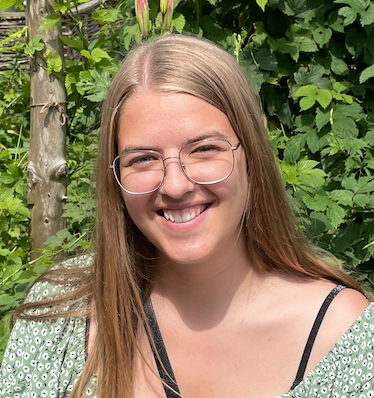New article in Frontiers in Neuroscience
CFIN PhD student Signe H. Mikkelsen and collegues have just published an article in Frontiers in Neuroscience entitled: "Head holder and cranial window design for sequential magnetic resonance imaging and optical imaging in awake mice".

Head holder and cranial window design for sequential magnetic resonance imaging and optical imaging in awake mice
Signe H. Mikkelsen1, Boris Wied1, Vitalii Dashkovskyi1, Thomas Beck Lindhardt1, Lydiane Hirschler2, Jan M. Warnking3, Emmanuel L. Barbier3, Dmitry Postnov1, Brian Hansen1*† and Eugenio Gutiérrez-Jiménez1*†
- 1Center of Functionally Integrative Neuroscience, Aarhus University, Aarhus, Denmark
- 2Leiden University Medical Center, Leiden, Netherlands
- 3Univ. Grenoble Alpes, Inserm, U1216, GIN, Grenoble Institut des Neurosciences, La Tronche, France
Medical imaging techniques are widely used in preclinical research as diagnostic tools to detect physiological abnormalities and assess the progression of neurovascular disease in animal models. Despite the wealth of imaging options in magnetic resonance imaging (MRI), interpretation of imaging-derived parameters regarding underlying tissue properties is difficult due to technical limitations or lack of parameter specificity. To address the challenge of interpretation, we present an animal preparation protocol to achieve quantitative measures from both MRI and advanced optical techniques, including laser speckle contrast imaging and two-photon microscopy, in murine models. In this manner, non-translatable methods support and improve interpretation of less specific, translatable methods, i.e., MRI. Combining modalities for improved clinical interpretation involves satisfying the requirements of various methods. Furthermore, physiology unperturbed by anesthetics is a prerequisite for the strategy to succeed. Awake animal imaging with restraint provides an alternative to anesthesia and facilitates translatability of cerebral measurements. The method outlines design requirements for the setup and a corresponding reproducible surgical procedure for implanting a 3D printed head holder and cranial window to enable repeated multimodal imaging. We document the development, application, and validation of the method and provide examples confirming the usefulness of the design in acquiring high quality data from multiple modalities for quantification of a wide range of metrics of cerebral physiology in the same animal. The method contributes to preclinical small animal imaging, enabling sequential imaging of previously mutually exclusive techniques.
